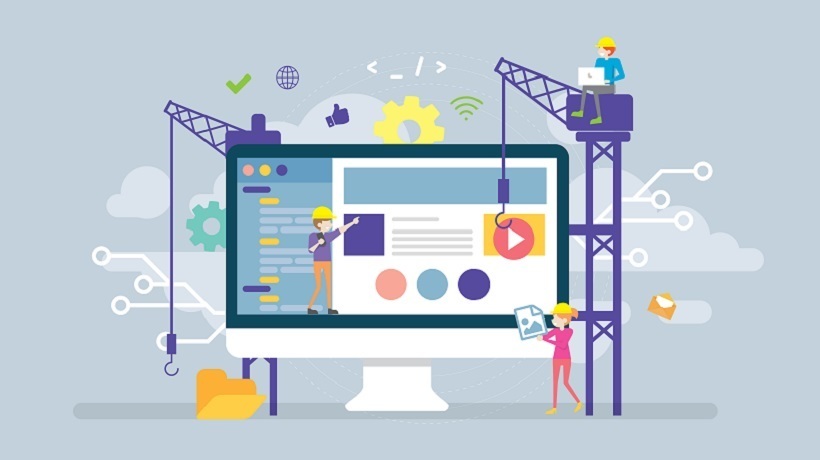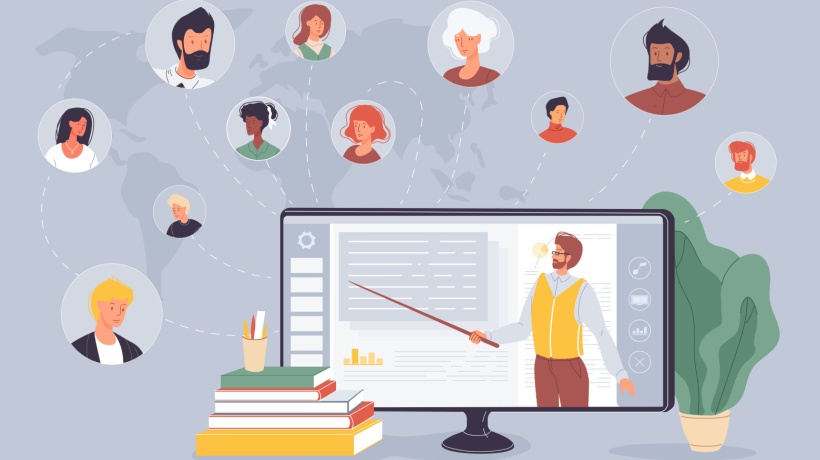Why Technological Accessibility Is Crucial If Your Company Values Diversity
Your company culture isn't complete if it doesn't promote diversity, equity, and inclusion (DEI). While L&D programs usually spring to mind, there are other aspects of business operations to consider. Technological accessibility refers to the design and development of accessible and inclusive technology for all employees, including those with disabilities or impairments. Your work environment should be welcoming and supportive. Still, if your equipment and software aren't designed with accessibility in mind, you're restricting some of your workers from having equal access to those tools and resources. In this article, we'll explore the benefits of having accessible technology in the workplace and how to achieve it.
5 Benefits Of Technological Accessibility In The Workplace
1. Increase Productivity
Employees can work more efficiently and effectively when they have access to the same tools and resources. This can lead to increased productivity, as tasks can be completed more quickly and with greater accuracy. Having accessible technology can also help to reduce the time and effort required to complete tasks. For example, speech recognition software can enable individuals with visual or physical impairments to dictate documents or emails, which can be much faster than typing. Similarly, ergonomic keyboards and mouses can help individuals with physical disabilities use computers and other equipment more comfortably, reducing the risk of injury or fatigue.
2. Improve Communication And Collaboration
Employees who share the same digital information and resources as their colleagues can communicate and collaborate more effectively, regardless of location or physical abilities. For example, video conferencing software can enable remote workers to participate fully in meetings and discussions. Likewise, instant messaging and chat platforms give everyone the opportunity to share ideas and discuss important work-related issues without the need for face-to-face interaction. Cloud-based collaboration tools can even enable multiple individuals to work on the same document or project simultaneously and at their own pace.
3. Reduce Turnover Rates
An inclusive workplace can lead to reduced turnover rates, as employees are more likely to feel valued and supported. When employers invest in technological accessibility, they communicate the message that they prioritize the needs of all employees, including those with disabilities or impairments. This, in turn, increases employee satisfaction and loyalty. Additionally, when people can do their work with no technological barriers due to their accessibility needs, they perform better and avoid burnout.
4. Fuel Innovation
Giving your employees the ability to participate fully in the workplace can lead to a more diverse and inclusive workforce. By investing in software with accessibility features, you're promoting inclusivity that attracts and helps you retain employees from a wide range of backgrounds and experiences. This leads to a more talented and creative workforce, which can be beneficial for innovation and problem solving.
5. Enhance Reputation And Branding
A company that fosters DEI and is investing in implementing it in every aspect of the workplace can be attractive to both potential employees and customers. This will enhance the employer's reputation in the industry. It may even attract potential investors, thereby increasing profitability. However, it's not merely a matter of staying in compliance or standing out from the crowd; focusing on technological accessibility ensures that you put your people and their needs first.
How To Implement Technological Accessibility In Your Company
Needs Assessment
You first need to identify the specific needs and requirements of employees with disabilities or impairments and determine the necessary technological solutions to meet those needs. You can conduct these assessments through surveys, focus groups, and individual meetings with employees. It's essential to involve them in the process, as they can provide valuable insights into the obstacles they face in the workplace and the solutions that would be most effective.
Develop A Plan
Create a plan of action for implementing technological accessibility, including specific goals, a timeline, and a budget for the necessary technologies. It's also important to involve all stakeholders in this process, including employees with disabilities or impairments, IT staff, and managers. This can help to ensure that the plan is comprehensive and addresses the needs of all employees.
Provide Training
Employees need to be trained on how to use the new tools, as well as how to interact with their peers with special accessibility needs in a respectful and inclusive manner. You can provide training through various methods, including in-person training sessions, online courses, and more immersive technologies, like Augmented and Virtual Reality (AR/VR). It's also crucial to make certain that the training is accessible to everyone.
Ensure Compatibility With Existing Technologies
Verify that the assistive technologies are compatible with your existing software and hardware. Also, make sure that all employees are able to access those new technologies using their current devices. You may need to work with IT staff or technology vendors to ensure compatibility. Sometimes, you may have to modify or upgrade existing technologies to make them widely accessible to your entire workforce.
Evaluate Progress
Lastly, you need to evaluate new technologies and your implementation process by asking for feedback from your people. Are those with accessibility needs satisfied with the changes? Are they better able to do their job without any issues? Also, evaluate progress regularly and make adjustments as necessary. This may include making changes to the software, providing additional training, or allocating additional resources to support employees.
Conclusion
All employers should guarantee that their equipment and software are accessible to employees with disabilities or impairments, as they often face unique challenges when using digital tools. If you're looking for the right software for your workforce, check out our Learning Management Systems directory, which features the top tools on the market.










